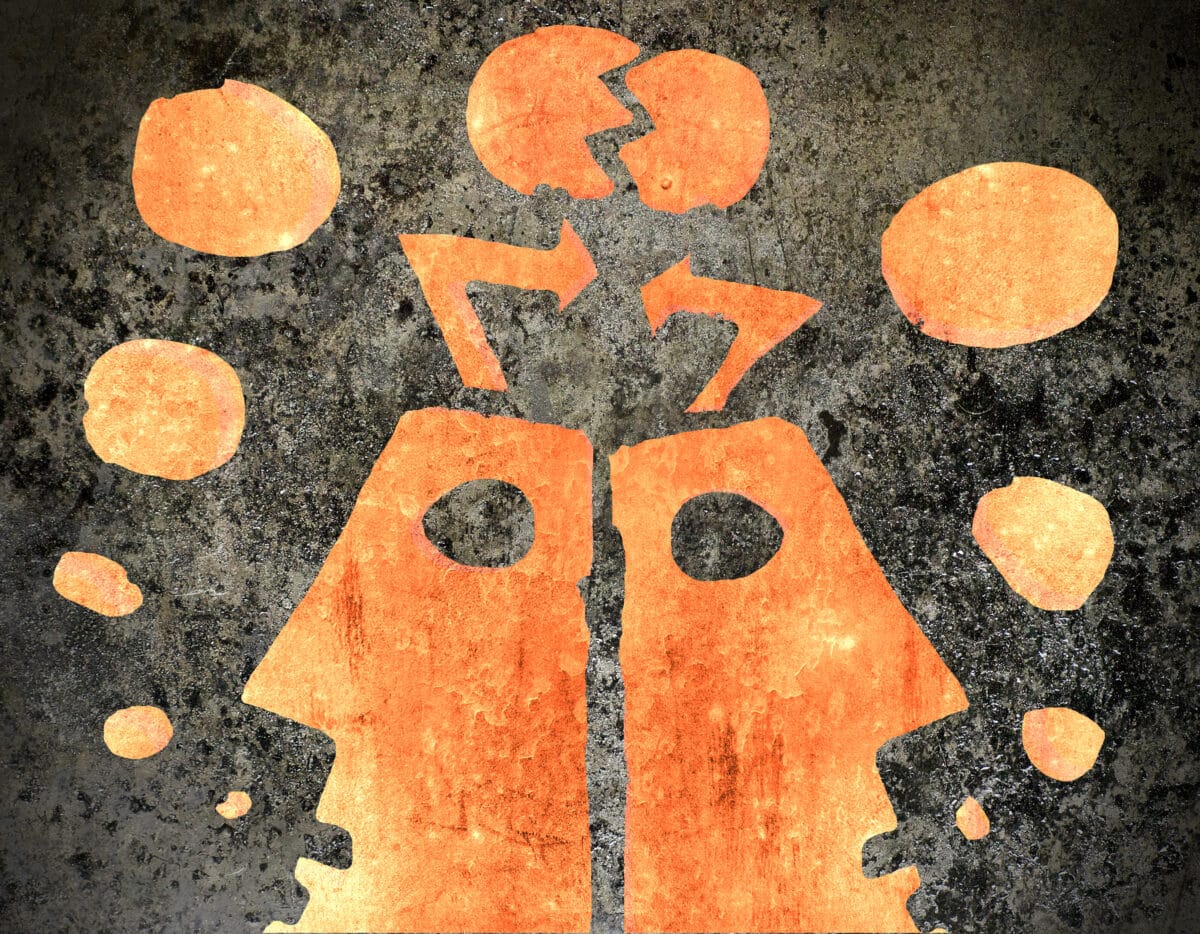Irreducible Complexity
A Mathematician Explains the Irreducible Complexity of Metamorphosis

How Do We Know Intelligent Design Is a Scientific “Theory”?
Engineering at Its Finest: Bacterial Chemotaxis and Signal Transduction

Listening to Butterflies
Peer-Reviewed Pro-Intelligent Design Article Endorses Irreducible Complexity
In a peer-reviewed paper titled “Evidence of Design in Bird Feathers and Avian Respiration,” in International Journal of Design & Nature and Ecodynamics, Leeds University professor Andy McIntosh argues that two systems vital to bird flight–feathers and the avian respiratory system–exhibit “irreducible complexity.” The paper describes these systems using the exact sort of definitions that Michael Behe uses to describe irreducible complexity: [F]unctional systems, in order to operate as working machines, must have all the required parts in place in order to be effective. If one part is missing, then the whole system is useless. The inference of design is the most natural step when presented with evidence such as in this paper, that is evidence concerning avian feathers and Read More ›
Peer-Reviewed Paper Investigating Origin of Information Endorses Irreducible Complexity and Intelligent Design
A peer-reviewed paper, “Information and Entropy — Top-Down or Bottom-Up Development in Living Systems?,” by University of Leeds professor Andy McIntosh in the International Journal of Design & Nature and Ecodynamics expressly endorses intelligent design (ID) via an exploration of a key question in ID thinking: The ultimate question in origins must be: Can information increase in a purely materialistic or naturalistic way? It is not satisfactory to simply assume that information has to have arisen in this way. The alternative of original design must be allowed and all options examined carefully. A professor of thermodynamics and combustion theory, McIntosh is well acquainted with the workings of machinery. His argument is essentially twofold: (1) First, he defines the term “machine” Read More ›

How to Completely Misunderstand Intelligent Design: A Response to Stephen Barr
PNAS Authors Resort to Teleological Language in Failed Attempt to Explain Evolution of Irreducible Complexity
Summary: A recent article in Proceedings of the National Academy of Sciences (PNAS) purports to explain the evolution of a relatively small molecular machine in the mitochondria that transports proteins across a membrane, thereby allegedly refuting irreducible complexity. Phrases and assertions like “‘pre-adaptation’ to bacteria ahead of a need for protein import,” “parts accumulate until they’re ready to snap together,” “machineries emerge before there’s a need for them,” or intelligently “engineered” macromutations are part and parcel of this latest failed attempt by critics of intelligent design (ID) to answer Michael Behe’s argument of irreducible complexity. As would be expected, when evolutionists are forced to resort to such goal-directed and teleological language and mechanisms, this shows that inherently, blind and unguided Read More ›
Behe’s Critics Fail to Understand Analogies and Design Detection
Whenever biochemist Michael Behe’s argument for design from “irreducibly complex” molecular machines appears, there is a Darwinist waiting in the wings with a devastating critique (or so he thinks).
Take as an example the following passage from biologist Craig M. Story. He recently reviewed Fazale Rana’s new book The Cell’s Design for Christianity Today (see “Same Song, Second Verse“). In his review, he critiques Behe’s argument, because according to Dr. Story, Rana merely regurgitates Behe.
Rana, like Behe before him, may be commended for providing a layman’s description of a number of astonishingly intricate cellular processes. But his portraits of cellular workings will fail to convince most mainstream scientists for the same reason that Behe’s book has been roundly dismissed: The analogy between manmade machines and cells is a poor one at best. Cellular components, although machine-like in some respects, do not behave like manmade machines. They self-assemble and self-manufacture, and they are able to transform available energy sources such as light to fuel metabolic activity.
Now what’s wrong with this reply? Didn’t we all learn from Hume that arguments from analogy are inherently weak?
Read More ›




































